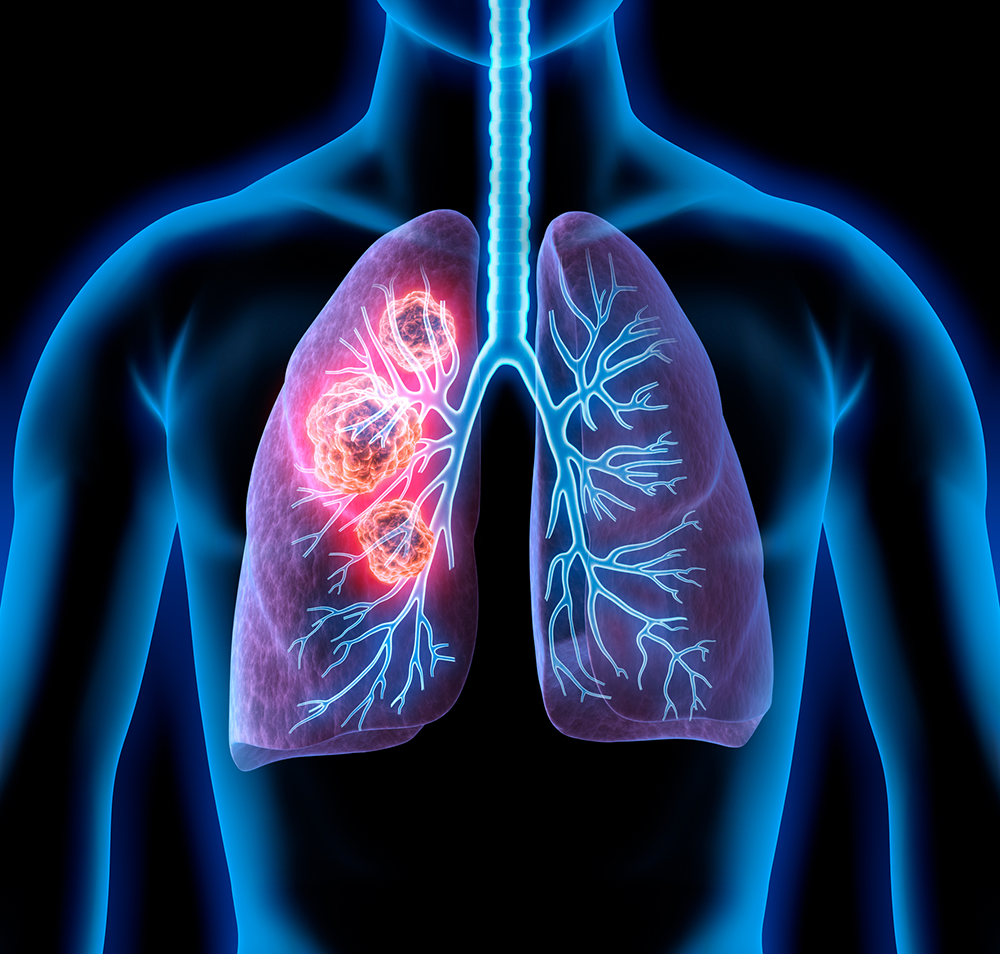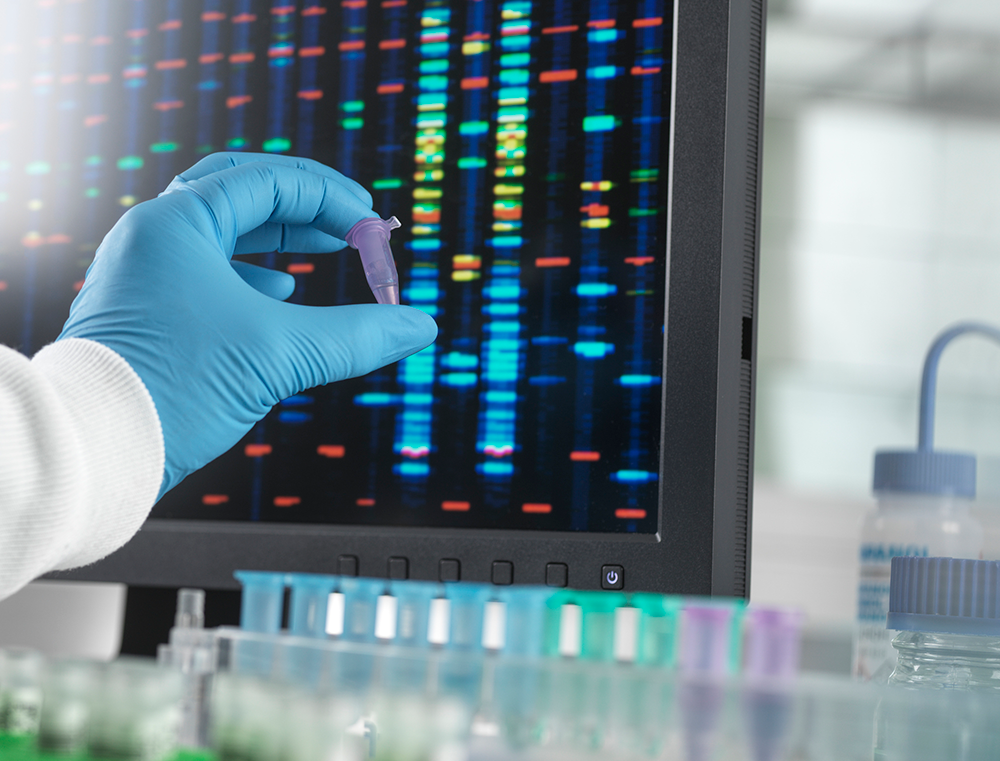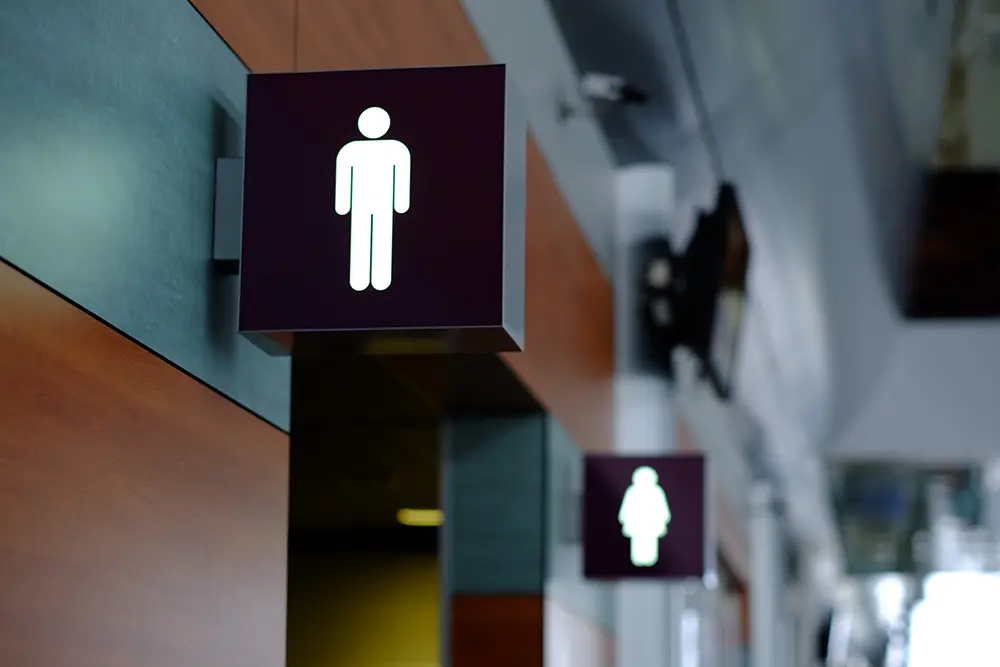This content is courtesy of Mayo Clinic, the No. 1 hospital in the nation according to U.S. News & World Report. Minnesota Oncology is a member of the Mayo Clinic Care Network. This relationship provides us with access to information, knowledge and expertise from Mayo Clinic.
April is Testicular Cancer Awareness Month, which makes this a good time to learn more about treating testicular cancer, the most common cancer in American men 15 to 35.
Signs and symptoms of testicular cancer include a lump or enlargement in either testicle; a feeling of heaviness in the scrotum; a sudden collection of fluid in the scrotum; enlargement or tenderness of the breasts; and pain in a testicle, the scrotum or the back.
Risk factors for testicular cancer include an undescended testicle, abnormal testicle development and a family history of testicular cancer. Also, testicular cancer is more common in white men than Black men.
Testicular cancer is highly treatable, even when cancer has spread beyond the testicle. If you've been diagnosed with testicular cancer, your treatment will be based on several factors, including the type and stage of cancer, your overall health, and your preferences. Treatment can include surgery, radiation therapy or chemotherapy.
Here's what you need to know about treating testicular cancer.




